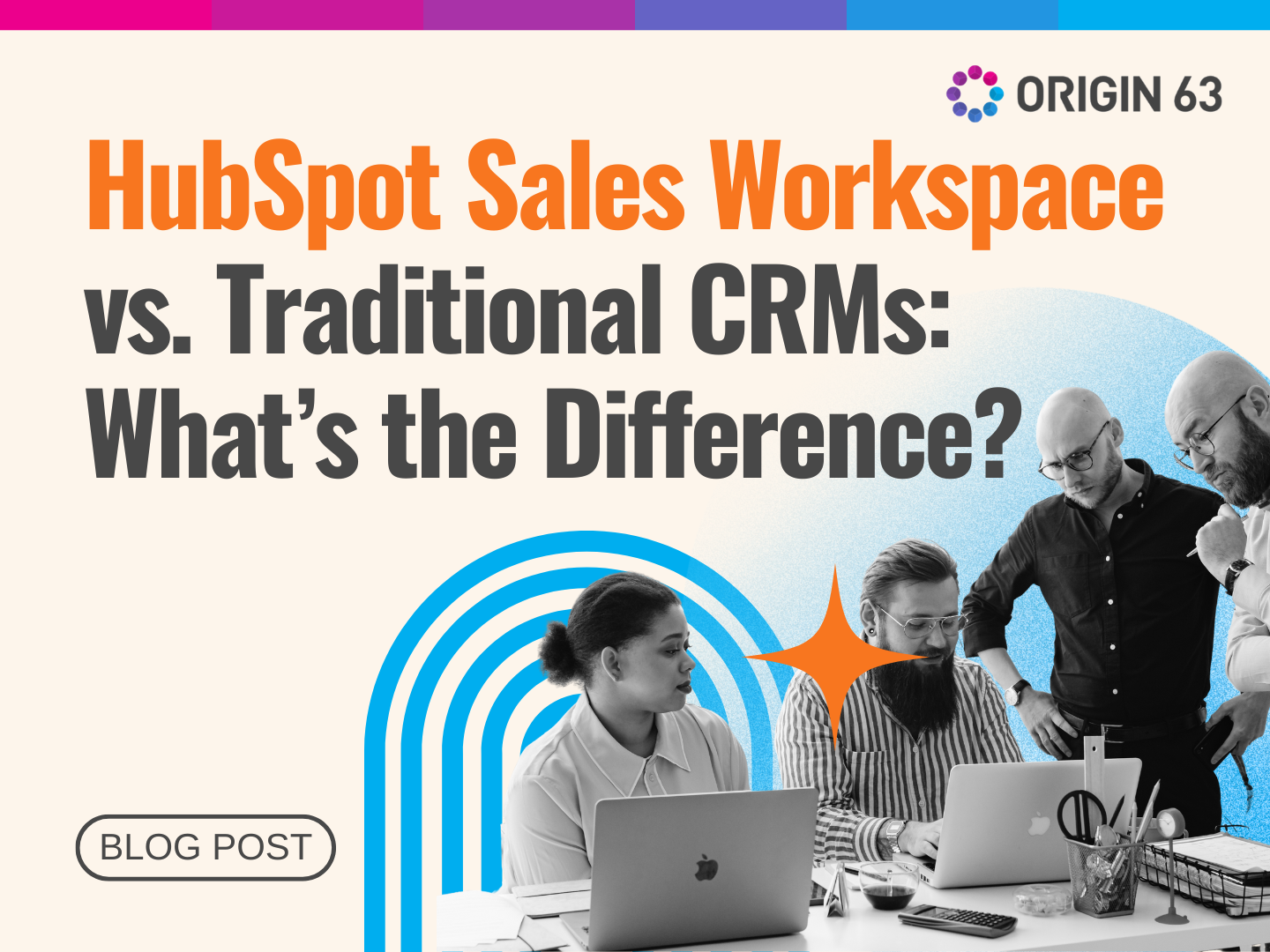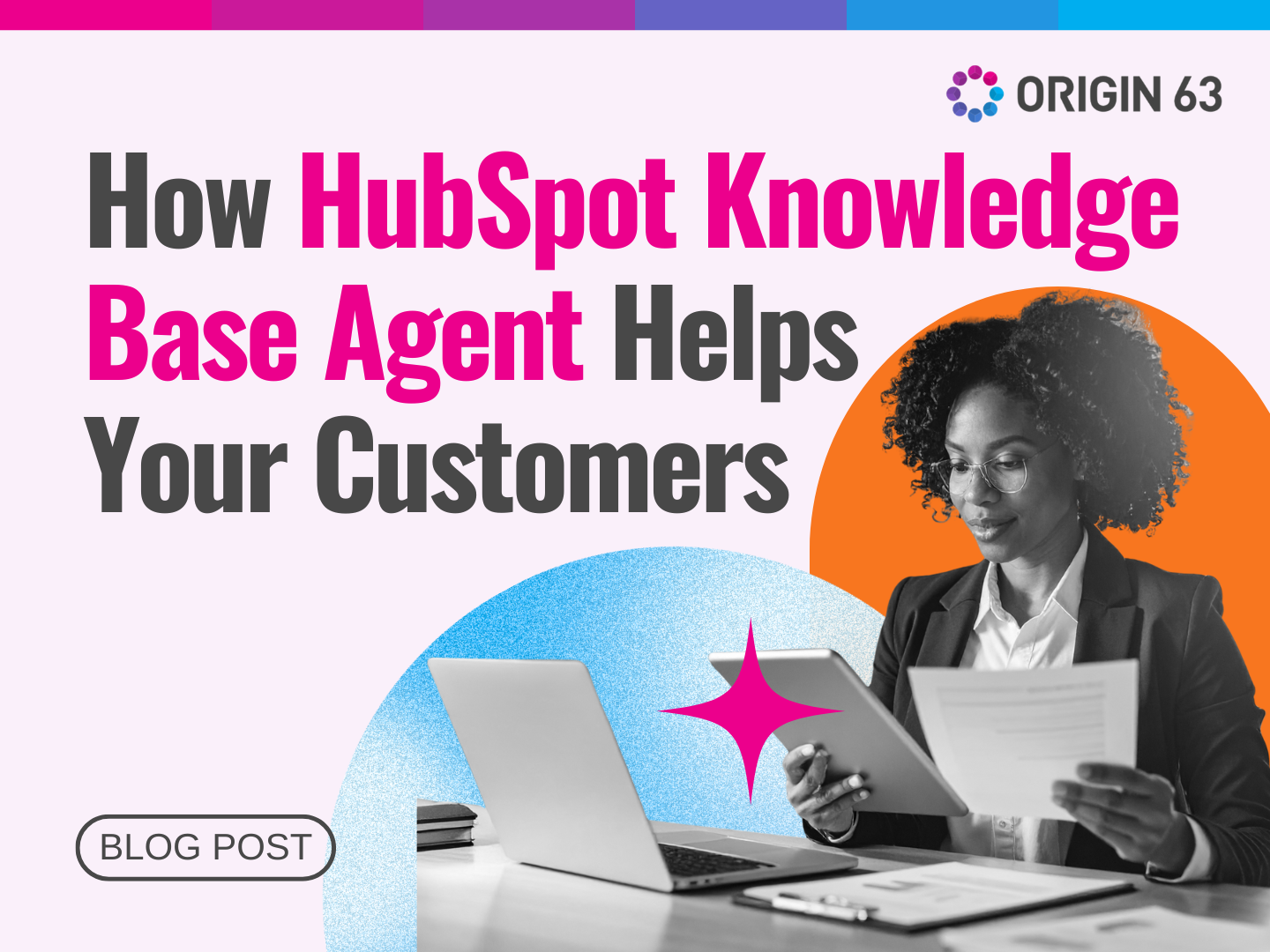Getting new customers is harder than ever. Teams are expected to move fast, do more with less, and still give people a great experience. That’s where AI and automation come in.
Many service professionals say they plan to invest in AI to help with customer acquisition. These tools help teams work faster, save time, and reach the right people more easily.
Let’s walk through what’s stopping some companies from using AI, the real value it brings to service and sales teams, and how to make a strong case for it internally. You’ll also learn how to start small, build buy-in, and make AI a useful part of your everyday work.
Why AI and Automation Are Shaping Customer Acquisition

Customer acquisition is getting more complex. People expect fast, helpful service, and businesses are under pressure to deliver more with fewer resources. AI and automation help teams move faster, reduce mistakes, and stay on top of every lead and conversation.
These tools aren’t just for big tech companies. They’re becoming a normal part of how modern businesses work. 80% of service professionals plan to invest in AI to streamline customer acquisition.
That’s because AI can handle the busywork, allowing teams more time to focus on genuine conversations. AI isn’t here to replace anyone. It’s here to support smarter, faster work.
Barriers to Adopting AI in Customer Acquisition
AI has a lot of potential, but many teams still hesitate to bring it into their customer acquisition strategy. These hesitations often have less to do with the tools themselves and more to do with how change is managed. Below are some of the biggest reasons why companies hold back.
1. Leadership Resistance
If leadership doesn’t see clear, short-term value in AI, they’re less likely to invest. Some leaders view AI as a distraction from more proven strategies.
Others think it’s too early or too risky. Without strong support from the top, AI adoption rarely gains traction. Teams can’t move forward if the people holding the budget aren’t on board.
2. Fear of Risk
There’s often concern around using AI in customer-facing work. Leaders worry about breaking privacy rules, saying the wrong thing, or relying too much on a system they don’t fully understand.
In regulated industries, these fears feel even more serious. But by trying to avoid mistakes, companies end up missing low-risk ways to improve performance.
3. No Clear ROI
Many teams struggle to explain the real impact of AI. Leaders may ask for proof that the investment will pay off, but it’s hard to give a simple answer before a pilot has been tested.
AI doesn’t always show instant results. It builds value over time, but that’s a hard sell if your team is focused on monthly or quarterly targets.
4. Misalignment Across Teams
Even if one team is ready to adopt AI, others may not be. Sales might want automation, but service is still doing things manually. Or leadership may push adoption without explaining the goal. When people don’t feel included in the process, change becomes harder.
41% of employees resist change when they don’t trust leadership, and 39% say they resist change when they haven’t been told why the change is happening. Without shared goals and a clear message, AI efforts fall apart before they get results.
How to Get Leadership Buy-In

Even if your team is ready to try AI, it won’t go far without support from leadership. The key is to shift the way people think about AI. It’s not just a fancy tech upgrade. It’s a business tool that drives real results. Here are three ways to help leaders see the value and say yes.
1. Reframe AI as a Business Tool, Not Just a Tech Upgrade
Leaders often focus on outcomes like revenue, retention, and speed. If you talk about AI like a technical experiment, it might sound optional. But if you position it as a way to save time, close deals faster, or reduce burnout, it becomes a practical solution to real business problems.
For example, you say that HubSpot’s AI Copilot helps reduce manual work by handling over 35% of customer support tickets. That gives leaders a clear reason to care about adoption because it connects directly to performance and cost savings.
2. Show Clear Use Cases and Quick Wins
Leaders don’t want to hear vague ideas. They want to know what AI will do and how soon it will pay off. Instead of promising a full transformation, focus on one or two use cases with measurable impact.
For example, use AI to shorten lead response times or automate follow-up emails for top prospects.
Start with tasks that are easy to track and don’t require big changes. Small wins build momentum and make the case for more investment over time. A well-run pilot project can turn doubt into support by showing results early.
3. Use Stories and Data to Build Trust
One of the biggest blockers to change is fear of the unknown. Sharing success stories from other teams or businesses helps make AI feel less risky and more relatable. You can also use data to show what’s working.
For example, you can say companies using HubSpot’s full AI CRM close 31% more deals than those using just one part of the platform.
That kind of stat helps connect the dots between AI and business growth. When leaders see that others are succeeding, and when they see proof behind the pitch, they’re more likely to give it a green light.
How to Use AI to Improve Customer Acquisition

Once you’ve decided to bring AI into your customer acquisition strategy, the next step is to use it well. AI is a tool for helping your team respond faster, focus on the best-fit leads, and create better experiences for potential customers.
Here are four ways to use AI more effectively in your acquisition process.
1. Solve Pain Points That Slow Your Team Down
Look at the parts of your acquisition process that take too long or lead to missed opportunities. This could be lead response time, follow-ups that never get sent, or leads getting stuck because they aren’t routed to the right person.
These are ideal places to apply AI. For example, you can:
- Use a chatbot to answer top questions and collect lead info
- Set up automated lead scoring to prioritize your outreach
- Route inquiries based on topic or urgency without manual sorting
Fixing one high-friction area can lead to faster conversions and a smoother experience for both your team and your prospects.
2. Make the Most of Tools You Already Have
You may already have access to AI-powered features inside your CRM or service platform. HubSpot, for instance, includes chatflows, smart ticketing, and AI-generated summaries built to save time and boost consistency.
If you're using HubSpot, try:
- Chatflows to build support bots and qualify leads
- The Create Ticket action to track requests and route them quickly
- Workflows to assign leads based on source or category
- Breeze Copilot to summarize conversations and suggest next steps
These tools don’t require extra apps or coding. They work right out of the box and can have a major impact on response times and follow-through.
3. Track the Right Metrics to Prove Value
To know if AI is working, you need to track a few key metrics. Choose ones that tie directly to your acquisition goals, such as:
- Response time (how quickly leads hear back)
- Bot deflection rate (how many inquiries are solved without human help)
- Lead-to-deal conversion rate
- Missed follow-ups or ticket close times
Use these numbers to show how AI is saving time and improving performance. When results are clear, it’s easier to build trust and get continued support for AI across your team.
4. Build Confidence Through Training and Feedback

Adopting AI doesn’t stop at setup. You need to make sure your team knows how to use it, why it matters, and how it fits into their daily work.
Give your team quick, hands-on training and real examples that apply to their role. You can also use resources like HubSpot’s AI YouTube playlist or customized training through Origin 63. Keep things simple, and encourage questions.
Most importantly, check in often. Ask what’s working, what feels clunky, and what should change. This kind of feedback loop helps your team feel more comfortable and makes the tools even more effective over time.
Top AI Tools to Improve Customer Acquisition
If your goal is to attract more customers, AI can help you achieve it more efficiently and with less manual effort. The right tools can boost response times, enhance follow-through, and provide your team with more bandwidth to focus on high-value leads.
Here are three AI tools we recommend if you want to make your acquisition process smoother, smarter, and more effective, especially if you’re already using HubSpot.
1. Chatbots for Lead Response and Support
Chatbots are one of the fastest ways to enhance your lead handling process. You can use them to answer common questions, collect information, and route inquiries without needing a human to intervene every time. You can give immediate attention, and your team can respond faster.
Why does it help acquisition?
- Captures and qualifies leads 24/7
- Answers repeat questions like pricing or hours
- Routes requests to the right person, so no one gets missed
How to set it up in HubSpot:
Go to Conversations > Chatflows, click Create Chatflow, and choose Support Bot. Use templates to build your flow, add a welcome message, and set up automatic ticket creation based on the lead’s input.
2. Smart Ticketing and Routing

When someone fills out a form or sends a message, it’s easy for that request to get lost. Smart ticketing helps you track every lead touchpoint, assign it quickly, and make sure the right person follows up.
Why does it help acquisition?
- Automatically creates and tracks every lead interaction
- Cuts down on manual sorting and task handoff
- Speeds up responses so leads don’t go cold
How to set it up in HubSpot:
Go to Service > Tickets > Pipelines, create or update your stages, and use workflow triggers to route tickets based on topic, urgency, or channel. You can also automate updates when a reply comes in or a ticket closes.
3. Conversation Summaries and Smart Suggestions
If your team handles a lot of back-and-forth with leads, it’s easy to lose track of what’s already been said. HubSpot’s AI can summarize chats and emails so your team always knows what’s going on. It can also suggest follow-up actions so no opportunity is missed.
Why does it help acquisition?
- Makes it easy to hand off conversations between reps
- Speeds up prep time for follow-ups
- Suggests next steps, like follow-up tasks or helpful resources
How to try it in HubSpot:
In the CRM Inbox, open a past conversation and click the light bulb icon to view the AI-generated summary. Use it to quickly review the interaction and decide what should happen next.
Make AI Part of How You Grow
AI isn’t a trend. It’s a practical way to improve how you find and keep customers. By using automation tools to respond faster, target smarter, and take repetitive work off your team’s plate, you create a smoother experience for everyone.
If your company has been slow to try AI, you’re not alone. But now is the time to start. Begin with one problem, track what works, and bring your team along the way. Use tools you already have, like chatbots or smart routing, and build from there.
AI doesn’t replace your people. It helps them do their best work. When used right, it becomes a real advantage for service and sales teams that want to grow without burning out.
Need Help Getting Started? Work with Origin 63
If you're ready to bring AI into your customer acquisition strategy, we can help. At Origin 63, we specialize in helping teams use HubSpot the smart way, from setting up automation to training your team and building long-term systems that scale.
Let’s make AI practical, strategic, and valuable for your business. Reach out to get started.




.png)
.png)








.png?width=90&height=90&name=Arrows%20Partner%20Badge-test%20(1).png)

